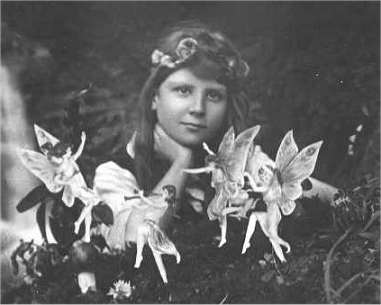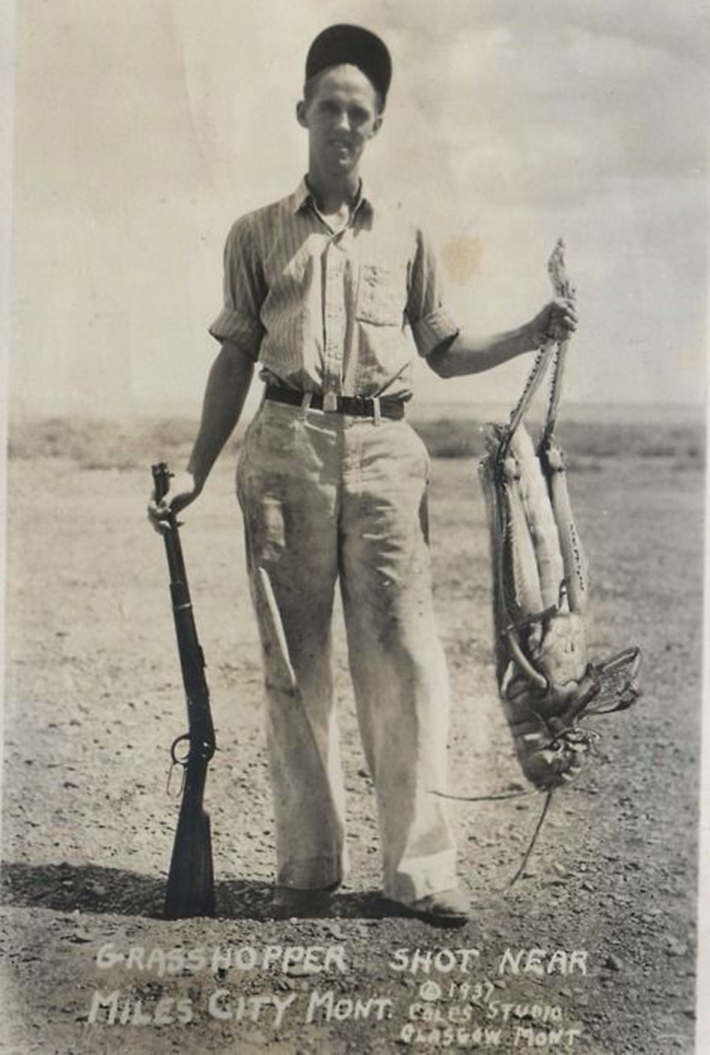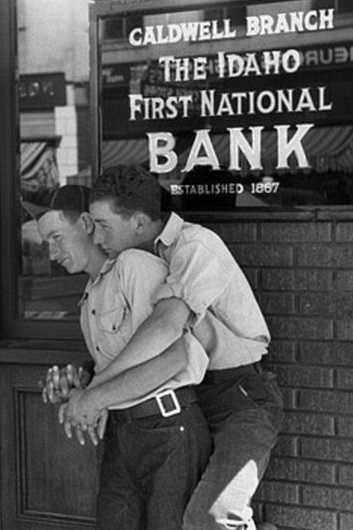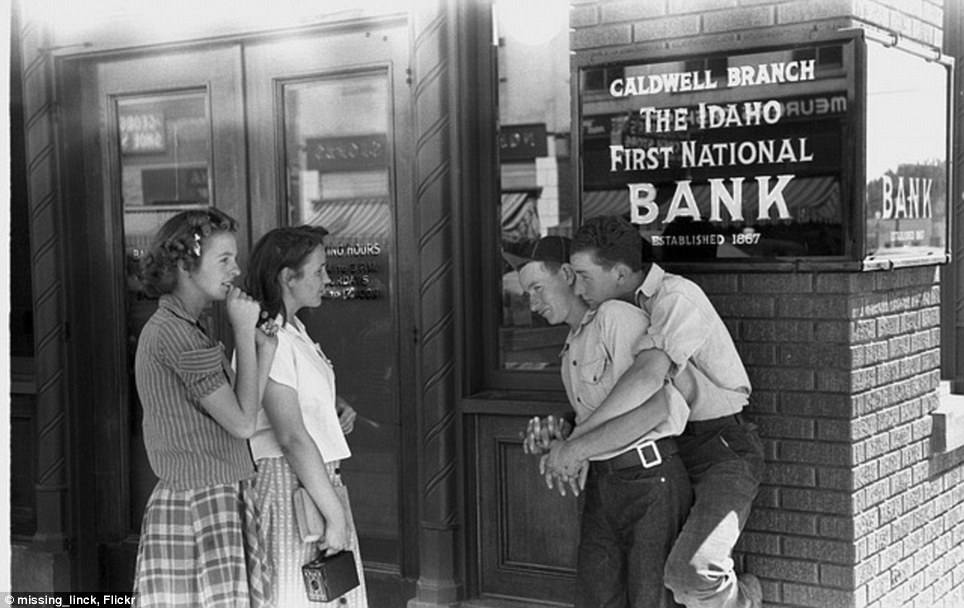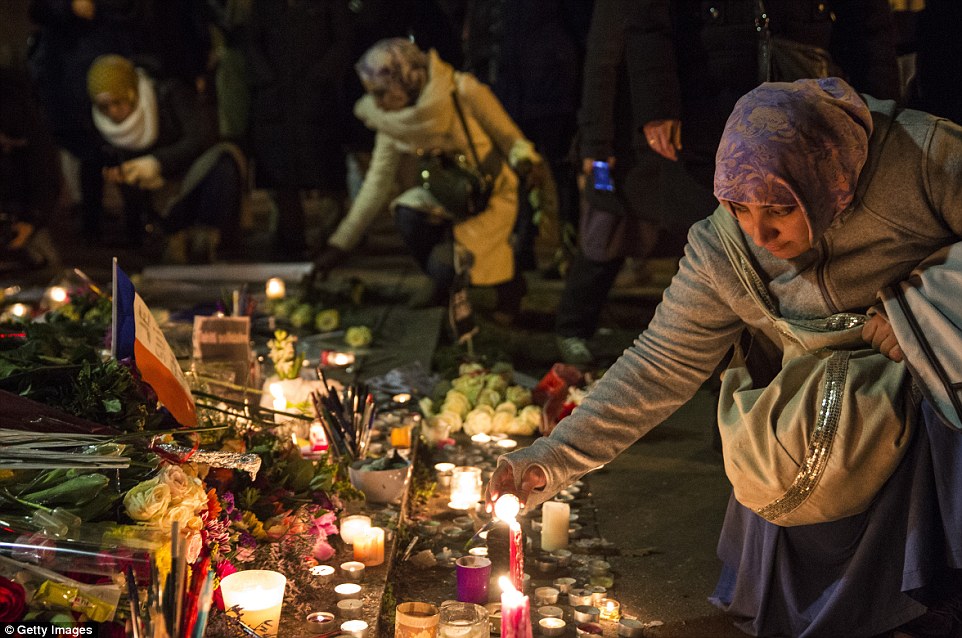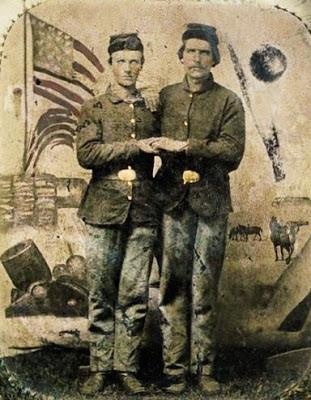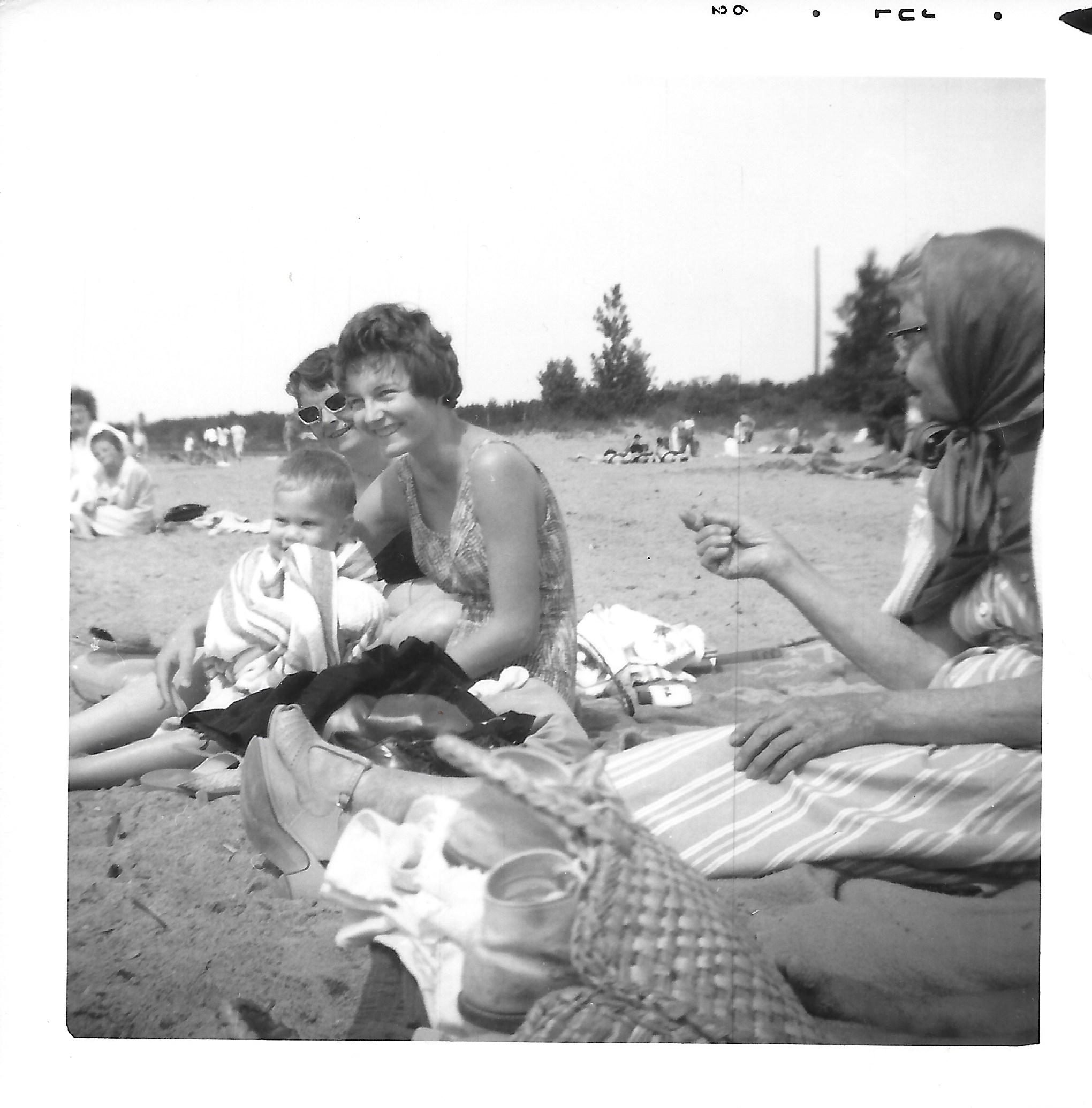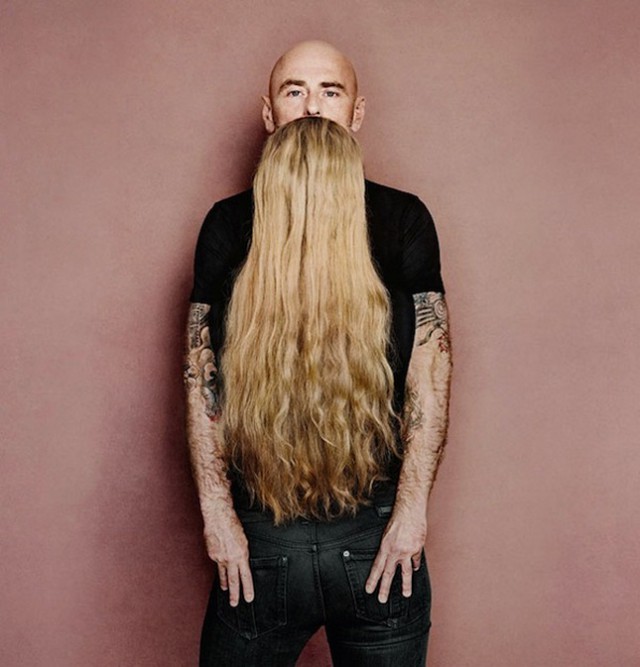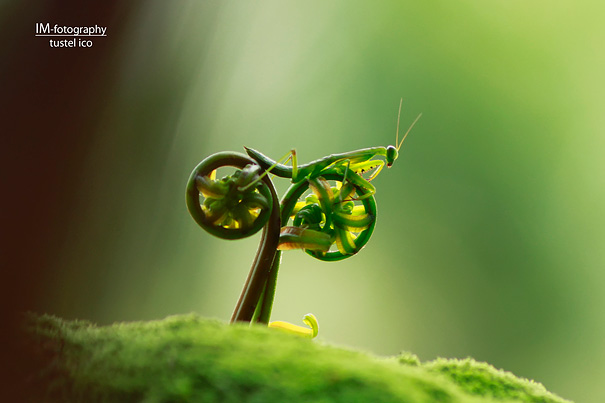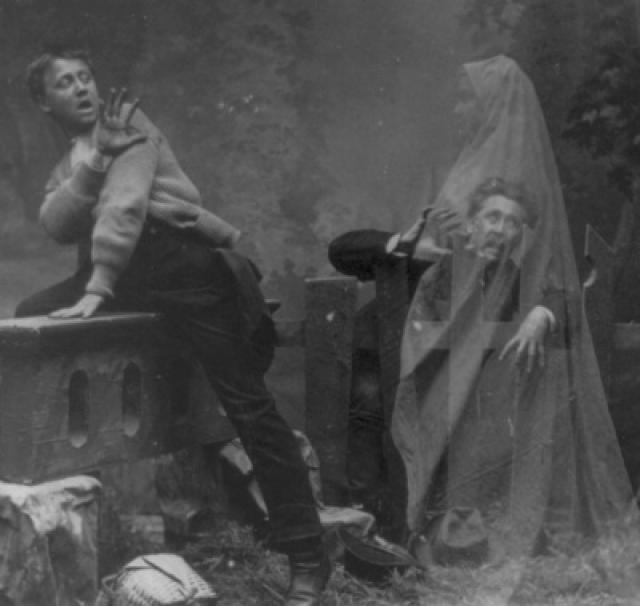Considering Images
Images, like text, can be fake, misleading, or highly partisan. I work to help students realize how images can be altered through Photoshop or cropping. I also cover how selecting an image can alter how text is viewed.
Examples of Problematic Images
Fake Images
Using Photoshop or other technologies, it is possible to create fake photographs. By asking students to consult Snopes.com's "Fauxtography," they can learn strategies to determine whether a photograph is fake, true, or misleading. Matt Novak compiled and described fake images in his 76 Viral Images From 2015 That Were Totally Fake.
The first photographs shows President George Bush holding a telephone upside down. It was used with various captions to demonstrate Bush's incompetency.
Even before Photoshop, people were creating fake photographs. The second image is the first of five photographs known as the Cottingley Fairies taken by Elsie Wright and Frances Griffiths in 1917. The photograph fooled Sir Arthur Conan Doyle who saw these photographs as evidence that fairies existed.
The third image of a man who shot a huge grasshopper was intended to be easily identified as fake. It was designed as a humorous postcard.
Changing Meaning by Cropping
Sometimes, when a photograph is cropped, the meaning can change. For example, I have seen several versions of the image above left as an example of a gay couple from the 1950s. In some cases, the poster says that they would like to know the story behind this couple. The original photograph provides the story, you have two heterosexual young men goofing off to impress two young women.
In Truthful Photo Editing: Cropping," Kevin Connor argues that "As an editor, the key question you need to ask yourself when cropping is the following: Is the story told by the post-crop version of my photo identical to the story told by the original version? If eliminating a portion of the photo heightens the original story by focusing the viewer's attention or creating a more engaging composition, then it's safe. If, however, it eliminates details that could have provided a deeper or more nuanced understanding of the story, then such an edit is to be avoided."
Anne Jeanine Delgando has created a PowerPoint presentation on "Early Modern Photography" that begins with a brief history of photography and ends with a lesson on identifying how images can be used to manipulate.
Non-Representative Photographs
The selection of a photograph can change the meaning of a text that is attached to it.
The first image was used to illustrate Joseph R. Carducci's Typical Liberal Reaction: Paris Attacks Not About 'Peaceful' Islam published by DownTrend.com on 8 January 2016; one day after the shooting at Charlie Hebdo's Paris office. Is it really a "typical" reaction by liberals?
The second image is from an 11 January 2015 Daily Mail article by Laurie Hanna, Emily Davies, and Peter Allen that includes many photographs of individuals protesting the Charlie Hebdo shootings. Would having this—or one of the many other photographs published by the Daily Mail—have changed the impression a reader would have in approaching Carducci's article?
Special Note: The image used by Carducci is not just non-representative; it is also mislabeled. Carducci's photograph is actually of "Palestinian protesters burn a U.S. flag during a demonstration against an anti-Muslim film, in Gaza City, Sept. 14, 2012." It was published by CBC News more than two years before the attack on Charlie Hebdo to supplement an article titled "Egypt Court Sentences Anti-Muslim Filmmaker to Death."
Mislabeled Photographs
Photographs found online can be mislabeled; sometimes by intent, but other times inadvertently or by accident. At other times, a lack of historical understanding can cause someone to misidentify the reality of a photograph
The first image above is a screen capture of a Facebook post in which Tyler Eldgridge deliberately mislabeled a photograph of the Woodstock Festival (1969) as an image showing protests of the North Dakota pipeline (2016). The hoax is detailed in Ishmael N. Daro's "People Are Sharing A Photo Of Woodstock And Claiming It Shows The North Dakota Pipeline Protest."
The second image is of two union soldiers c. 1865. I have often seen nineteenth century photographs such as this one labeled as a "gay couple." However, because expressions of intimacy between men have changed over time, the intimacy in this photograph is not necessarily an expression of sexuality. I would argue that it is unlikely that these two are boyfriends.
The third photograph shows my grandmother Emma Ehmann Berg on the beach. Next to her is my aunt Sherry Liberacki with a baby in her lap. The back of the photograph indicates that the baby is Sherry's daughter Lynette. When I sent the photograph to my cousin, she pointed out that it was unlikely her in the photograph because she had not yet been born in 1962; the date of the photograph. Whomever had labeled the back of the photograph had made an innocent error that I initially recorded as a fact in my genealogical database.
Photographic Illusions
This section was inspired by a presentation by a student presentation.
Photographic illusions are real photographs that have been structured in such a way as to be misleading. Generally, photographic illusions are meant to be entertaining; not deceptive.
The first image is representative of other photographs where someone poses in front of an image that is in the distance. These types of images are generally always recognized as illusions.
The second image is less obvious. Most individuals immediately think that the man has a long beard. It takes a while to recognize that there is a woman with long hair standing in front of him.
Illusions work because our minds try to make sense of images based on previous knowledge. Most of us have not seen a close up view of ferns so we assume that, in the third photograph, that photographer Tustel Ico has captured a praying mantis riding a bicycle.

